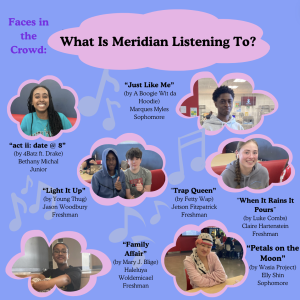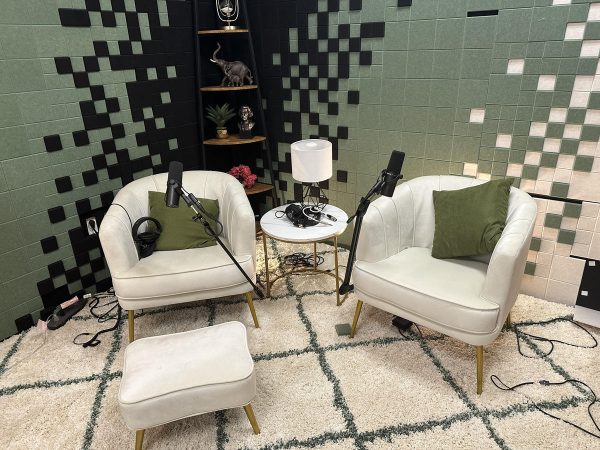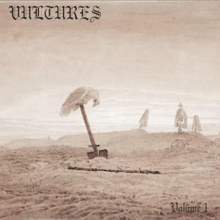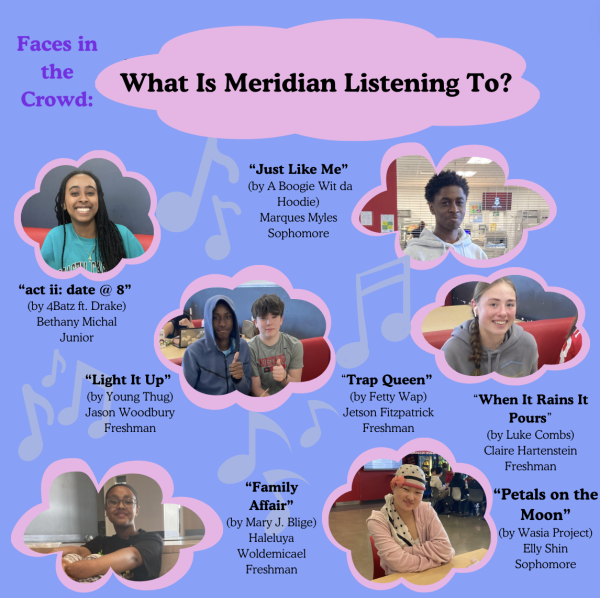Music Dump Friday: Music for plants
March 5, 2021

This week has been tough. Adjusting to hybrid learning, a new sleep schedule, a heaping workload, dwindling social energy. It’s been a lot. As a result, I’ve been falling into a lot of therapeutic, ambient music. What I’ve found is a surprising amount of music for plants.
I use the term “music for plants” quite broadly because it covers a pretty vast plane of musical textures and tones. Basically anything that captures the likeness of botanical life or elements of nature which create a certain atmospheric tone is music for plants in my book.
Music for plants is a whole new terrain; it’s like nothing I’ve ever heard before. Much of it is imagined with Moog synthesizers – an instrument which was conceived by Robert Moog and Herbert Deutsch in 1964. Moog synths can produce a myriad of sounds and tones. Without them, it would be hard to imagine our beloved space-age soundtracks, the Beatles’ folkloric “Here Comes the Sun,” and even “Moog City” from the videogame soundtrack of Minecraft. Hundreds of artists, from Damon Albarn (frontman of Blur and Gorillaz, respectively) to David Bowie, have wielded these cosmic synthesizers. One of the most influential being Mort Garson.
Mort Garson is something of a divinity in the world of ambient and psychedelic rock. His 1976 chef d’oeuvre “Mother Earth’s Plantasia” is the single-most well known album written for plants. In terms of cult followings, one can compare Garson’s fanbase to that of the Rocky Horror Picture Show. When imagining the type of person I think would love this album, I envision a Brian Eno superfan but more soft-spoken and psychically attuned.
Music for plants is intricately designed and rich in texture and color. Hardly ever do we come across music that holds the quality of emotion and harmony above all else. At surface level, it is inextricably adorable and elaborate. Aesthetically and therapeutically, works by Mort Garson and the like have so much to reveal about the healing power of the earth and music.
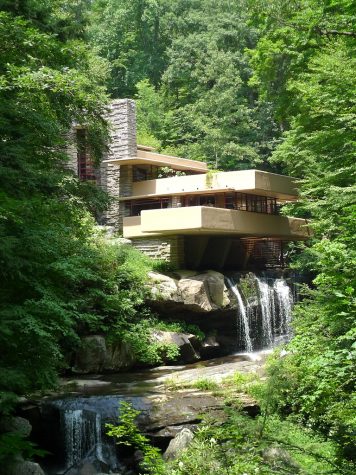
Along with the great Mort Garson, I’ve also included my personal favorite botanic composer: Green-House. The amount of love I have for Green-House’s 2020 EP “Six Songs for Invisible Gardens” is incomprehensible. The only way I can visually describe Olive Ardizoni’s perennial ambiance is by lending admiration to the exceptional architectural works of Frank Lloyd Wright.
I’ve also been getting into a huge FLW (and Mamah Borthwick) schtick these past few days (as I’m sure my friends have already grown tired of), and his natural intuition and love of organic design reminds me so much of music for plants. The love, and character, and affection that goes into these songs is miraculous.
Another artist I’ve included in this week’s dump is Gia Margaret. While her 2020 ambient release “Mia Gargaret” isn’t necessarily “music for plants”, its visual and atmospheric alterations are just about the same. When I first listened to this album, I played the first few songs then skipped over it altogether. I found it boring and, in general, a waste of twenty-seven invaluable minutes. I couldn’t have been more wrong. When I listened to it again this past week with patience and attention, I found it full of pensive buoyancy and wistfulness. This record served as a period of regeneration for Gia, as she had lost her voice on tour and lost her footing in everyday life. It’s soothing synth and piano ballads were a form of healing for her and the listener alike.
Please enjoy this selection of groovy plant jams because God knows we need them. They’ve helped me get through this week, and I hope they help you.
Here’s the playlist:







